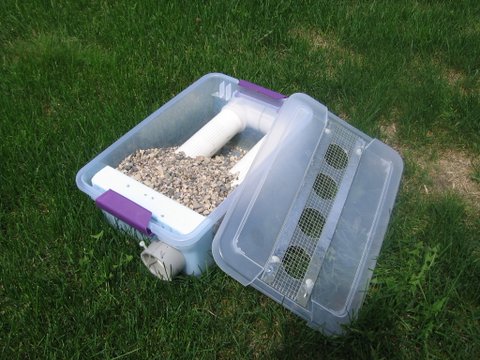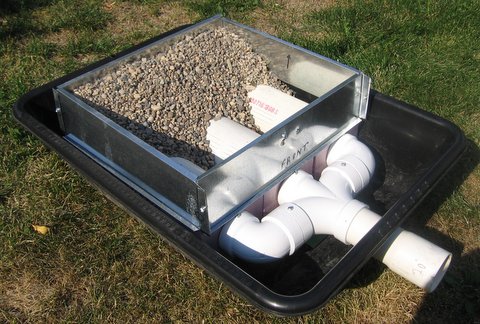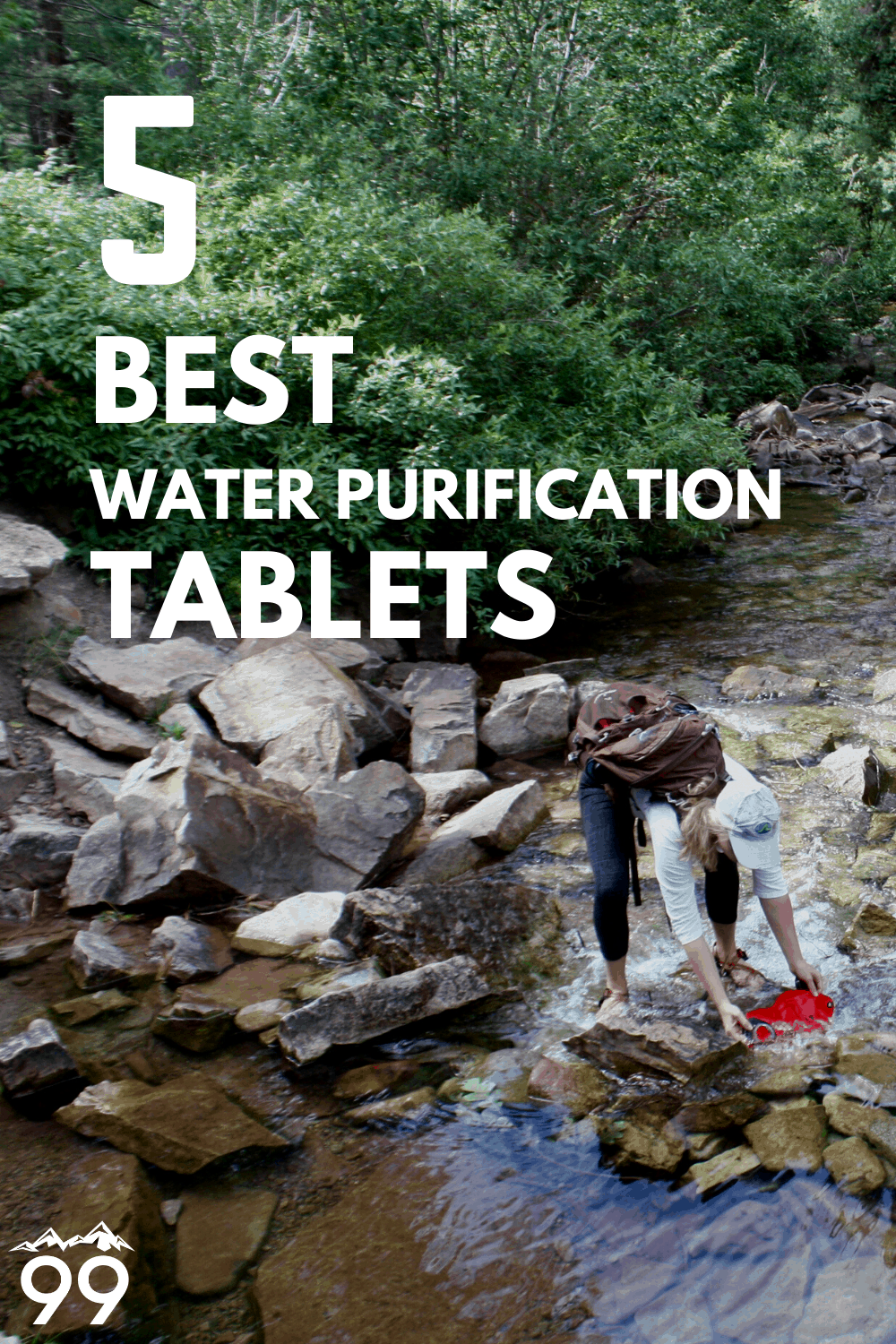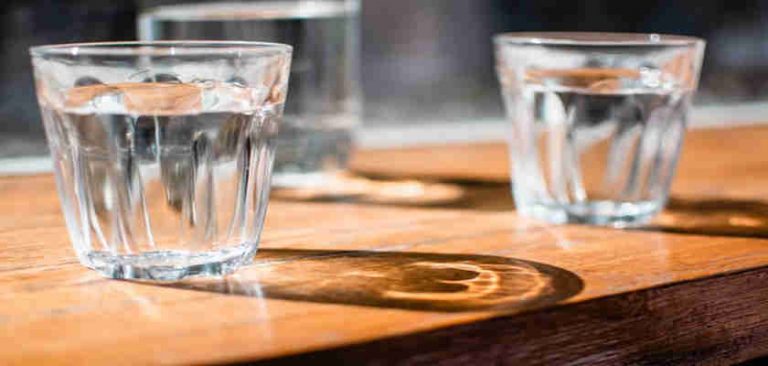How to Filter Lake Water

1. Collection:

- Choose a clear area of the lake, away from any potential sources of contamination such as runoff or animal waste.
- Submerge a clean container or bottle into the water, ensuring that the opening faces downward to prevent floating debris from entering.
- Fill the container slowly to minimize sediment disturbance and allow any suspended particles to settle.
2. Sedimentation:

- Allow the collected water to stand undisturbed for several hours or overnight to allow larger sediment particles to settle to the bottom.
- The longer the water is allowed to settle, the clearer it will become.
3. Filtration:
- Prepare a filtration system using a clean cloth or paper filter and a funnel or strainer.
- Place the filter inside the funnel or strainer, ensuring it is properly secured to prevent leakage.
- Slowly pour the settled water through the filter, allowing it to pass through into a clean container.
4. Activated Carbon Treatment:
- Add a small amount of activated carbon to the filtered water.
- Stir or shake the water to ensure the carbon comes into contact with impurities.
- Allow the carbon to settle for several minutes, then filter the water again.
- Activated carbon effectively removes various contaminants, including organic compounds and heavy metals.
5. Disinfection:
- To ensure the water is safe for drinking, disinfection is necessary to eliminate harmful bacteria and microorganisms.
- Bring the water to a rolling boil for at least 1 minute.
- Alternatively, use a portable water filter equipped with a disinfection mechanism.
6. Taste Improvement:
- After boiling or filtering, the water may have a flat or bland taste due to the removal of minerals and impurities.
- To improve the taste, consider adding a small amount of salt or baking soda.
- Alternatively, use a water purification system that includes a remineralization stage.
Additional Tips:
- Always use clean containers and equipment to avoid introducing contaminants into the water.
- If the lake water is particularly cloudy or contaminated, consider using a more advanced water filtration system or seeking professional water treatment services.
- Regularly test the filtered water for quality and safety, especially if you plan to consume it regularly.










